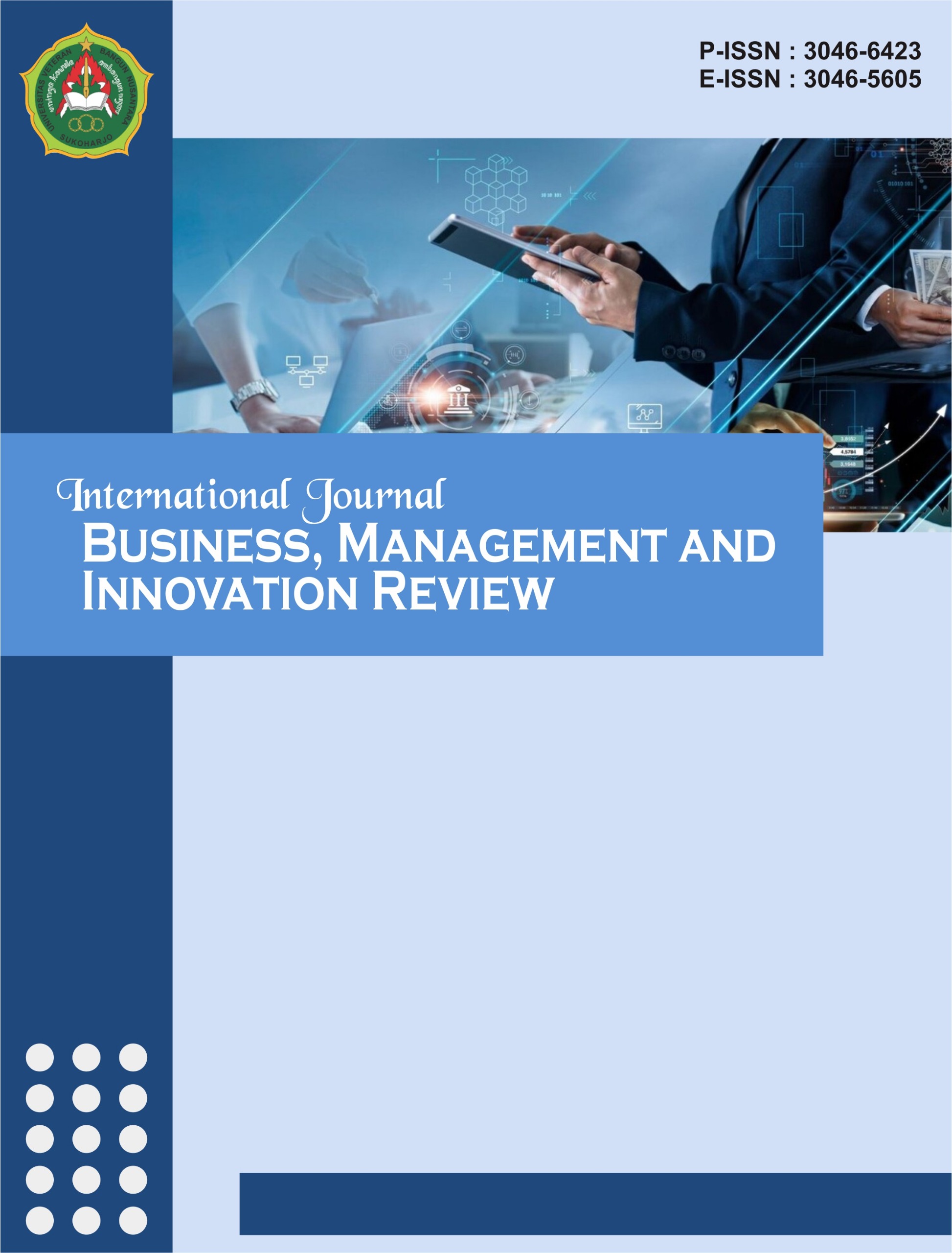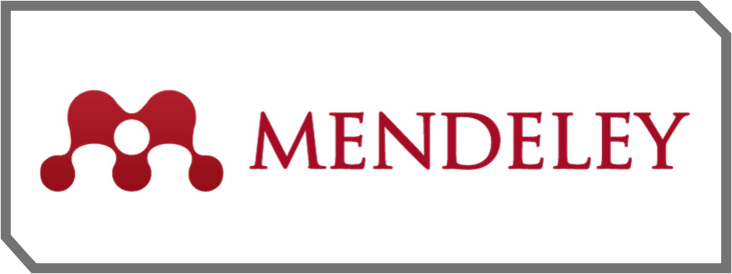DuPont System Analysis in Measuring Financial Performance at PT Unilever Tbk During 2019–2023
DOI:
https://doi.org/10.62951/ijbmir.v2i4.170Keywords:
DuPont System, Equity Multiplier, Financial Performance, Net Profit Margin, Total Asset TurnoverAbstract
This research aims to analyze the financial performance of PT Unilever Tbk during 2019–2023 using the DuPont System method. The DuPont analysis decomposes Return on Equity (ROE) into three components: Net Profit Margin (NPM), Total Asset Turnover (TATO), and Equity Multiplier (EM). The study applies a descriptive quantitative approach with secondary data obtained from the company’s annual financial statements. Results show a consistent decline in all DuPont components, leading to a decrease in ROE throughout the period. The deterioration was driven by internal inefficiencies in asset utilization and cost management, as well as external pressures such as changing consumer behavior, rising competition from local FMCG producers, and geopolitical sentiment toward multinational brands. The findings indicate that PT Unilever’s financial performance falls below the industry standard, highlighting the need for improved operational efficiency, optimal capital structure, and strategic management adjustments to sustain competitiveness.
References
Ali, M. (2020). Financial ratio analysis and its impact on firm performance: Evidence from the consumer goods sector in Indonesia. Journal of Economics and Business Research, 26(3), 112–124. https://doi.org/10.2478/jebr-2020-0021
Fauziah, N. (2016). Analisis kinerja keuangan perusahaan dengan menggunakan metode DuPont System. Jurnal Ilmiah Akuntansi dan Keuangan, 5(1), 32–45. https://doi.org/10.22219/jiak.v5i1.2016
Gibson, C. H. (2013). Financial reporting and analysis: Using financial accounting information (13th ed.). South-Western Cengage Learning.
Harahap, S. S. (2016). Analisis kritis atas laporan keuangan. Rajawali Pers.
Horne, J. C. V., & Wachowicz, J. M. (2012). Fundamentals of financial management (13th ed.). Pearson Education.
Kasmir. (2010). Analisis laporan keuangan. Raja Grafindo Persada.
Munawir, S. (2017). Analisis laporan keuangan (Edisi ke-4). Liberty.
Nurdin, A. (2021). Analisis sistem DuPont dalam menilai kinerja keuangan pada perusahaan BUMN sektor konstruksi. Jurnal Ekonomi dan Bisnis Terapan, 9(2), 141–152.
Pratama, A., & Wulandari, D. (2020). The application of DuPont analysis to evaluate financial performance of Indonesian telecommunication companies. Asian Journal of Economics and Finance, 3(4), 201–210.
Ross, S. A., Westerfield, R. W., & Jordan, B. D. (2022). Fundamentals of corporate finance (14th ed.). McGraw-Hill Education.
Sunardi, N. (2018). Analisis DuPont System dan penerapannya dalam penilaian kinerja keuangan. Jurnal Akuntansi dan Keuangan, 5(3), 45–56.
Sugiyono. (2019). Metode penelitian kuantitatif, kualitatif dan R&D. Alfabeta.
Weston, J. F., & Copeland, T. E. (2010). Managerial finance (11th ed.). The Dryden Press.
PT Unilever Indonesia Tbk. (2019). Annual report 2019. https://www.unilever.co.id
PT Unilever Indonesia Tbk. (2020). Annual report 2020. https://www.unilever.co.id
PT Unilever Indonesia Tbk. (2021). Annual report 2021. https://www.unilever.co.id
PT Unilever Indonesia Tbk. (2022). Annual report 2022. https://www.unilever.co.id
PT Unilever Indonesia Tbk. (2023). Annual report 2023. https://www.unilever.co.id
Downloads
Published
How to Cite
Issue
Section
License
Copyright (c) 2025 International Journal Business, Management and Innovation Review

This work is licensed under a Creative Commons Attribution-ShareAlike 4.0 International License.









